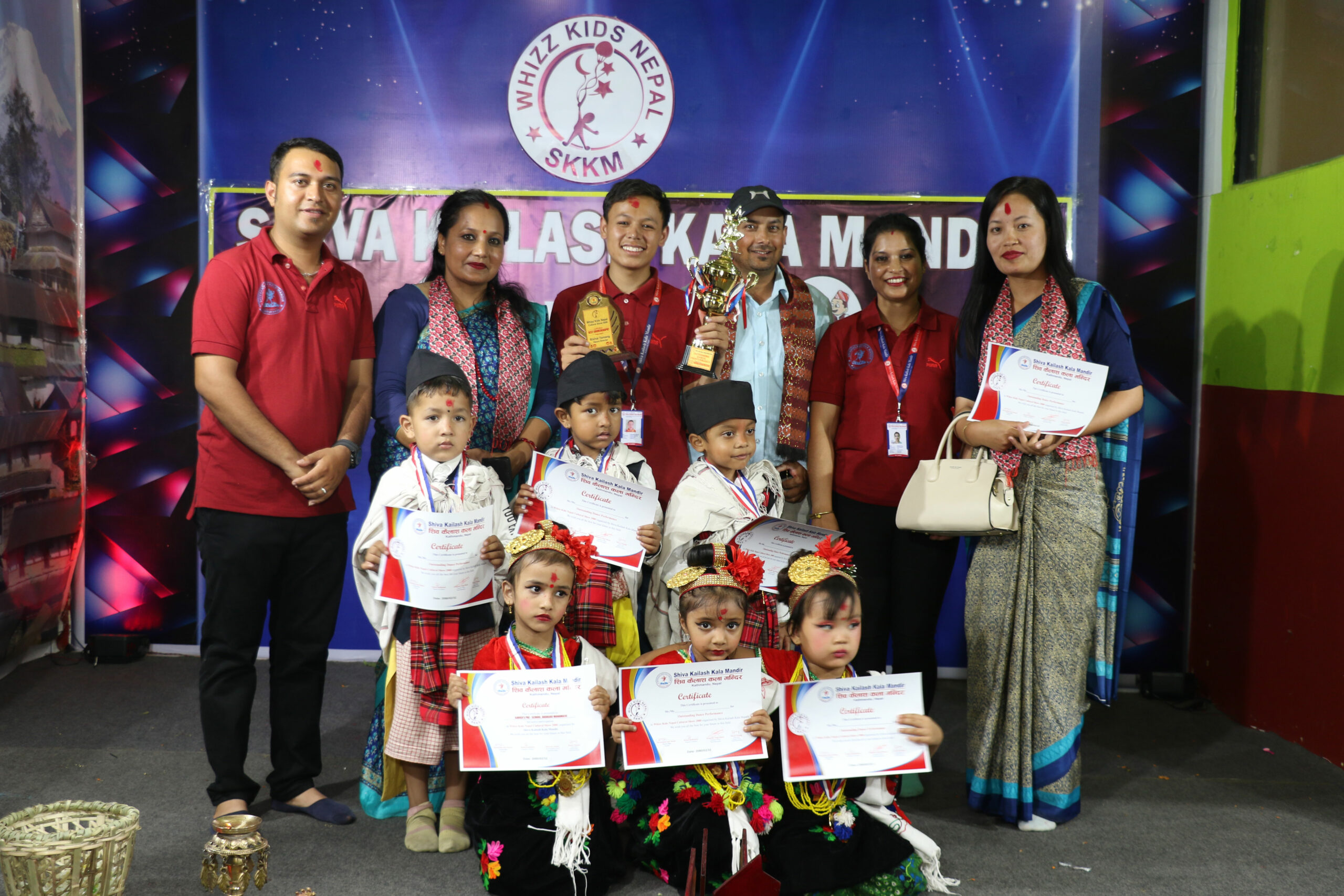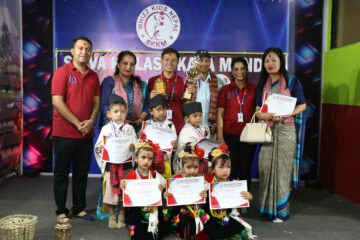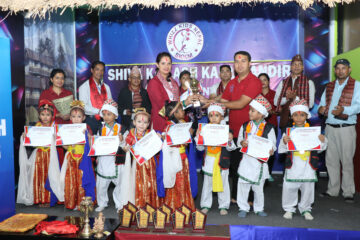Introduction:
Nepal, a land nestled in the lap of the Himalayas, is a treasure trove of cultural wonders that have captivated the world for centuries. From ancient temples and monasteries to vibrant festivals and traditional art forms, Nepal’s cultural heritage is an exquisite tapestry that tells stories of the nation’s rich history and diverse traditions. In this blog post, we embark on a journey to unveil the breathtaking beauty of Nepal’s cultural heritage and explore the significance it holds for the country and its people.
Ancient Temples and Monasteries:
Nepal boasts an abundance of magnificent temples and monasteries, showcasing the architectural prowess and spiritual devotion of its people. The revered temples of Pashupatinath, Swayambhunath, and Boudhanath stand as iconic symbols of Nepal’s religious and cultural identity. These sacred sites not only hold religious significance but also serve as architectural marvels that have stood the test of time. The intricate carvings, vivid paintings, and peaceful ambiance of these temples invite visitors to immerse themselves in the spiritual essence of Nepal.
Colorful Festivals and Traditions:
Nepal is renowned for its vibrant festivals that celebrate the country’s religious, cultural, and agricultural heritage. From the exuberant festivities of Dashain and Tihar to the religious processions of Indra Jatra and Bisket Jatra, these colorful events showcase the deep-rooted traditions and customs of the Nepalese people. Each festival is accompanied by lively music, traditional dances, elaborate costumes, and joyful gatherings, creating an atmosphere of unity and celebration. Experiencing these festivals firsthand allows one to witness the cultural vibrancy and sense of community that define Nepal.
Traditional Art and Craftsmanship:
Nepal is a hub of artistic brilliance, where traditional art forms and craftsmanship have been passed down through generations. Thangka paintings, intricately woven carpets, woodcarvings, metalwork, and pottery are just a few examples of Nepal’s rich artistic heritage. The skill and precision of the artisans are evident in every piece created, reflecting the deep connection between art, spirituality, and daily life. Exploring the workshops and galleries that showcase these masterpieces offers a glimpse into the immense talent and creativity that thrives in Nepal.
Culinary Delights:
Nepalese cuisine is a delectable fusion of flavors and techniques influenced by the country’s diverse ethnic groups and neighboring regions. From the famous momos (dumplings) and dal bhat (lentil soup with rice) to the spicy flavors of Newari cuisine and the unique taste of yak cheese, Nepal’s culinary heritage is a treat for the senses. The use of fresh local ingredients and aromatic spices creates a distinct and delightful gastronomic experience that reflects the country’s cultural diversity.
Preservation and Promotion of Nepal’s Cultural Heritage:
Preserving and promoting Nepal’s cultural heritage is of paramount importance to ensure its longevity. Organizations like Shiva Kailash Kala Mandir play a significant role in safeguarding and nurturing Nepal’s cultural legacy. Through their efforts in conservation, education, and cultural exchange, they contribute to the preservation of traditional art forms, architectural treasures, and intangible cultural practices. By showcasing Nepal’s cultural heritage on a global stage, these organizations create awareness and appreciation, encouraging sustainable tourism and fostering a sense of pride among Nepalese people.
Conclusion:
Nepal’s cultural heritage is a priceless treasure that embodies the country’s rich history, deep-rooted traditions, and the indomitable spirit of its people. The ancient temples, vibrant festivals, traditional art forms, and mouthwatering cuisine all combine to create a captivating tapestry of cultural wonders. By embracing and celebrating this



